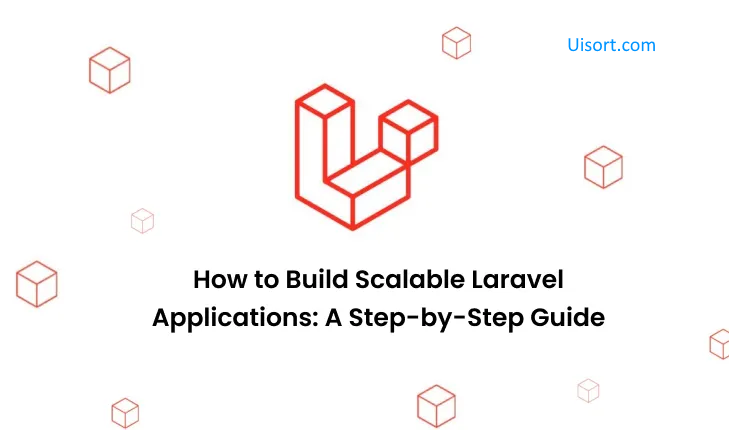Building scalable RESTful APIs with Laravel in 2025 is more streamlined than ever, thanks to Laravel’s continued focus on performance, developer experience, and modern architecture. The framework, including recent updates in Laravel 12, provides robust tools that allow you to build APIs that are not only performant but also maintainable and ready to handle high traffic.
1. Modern Architecture and Project Setup
To build a truly scalable API, you need solid foundation.
- API-First Approach: Start with a clean, API-only project. Laravel’s installation command has evolved, allowing you to scaffold an API-first application from the start. This ensures a minimal footprint without the traditional Blade templates and frontend scaffolding.
- Domain-Driven Design (DDD): For complex applications, adopting a DDD approach helps organize your code around business logic rather than technical layers. This means using Action classes or Service classes to house your business logic, keeping your controllers “thin” and focused solely on handling HTTP requests and responses. This makes your code more maintainable and testable.
- Version Your API: Always version your API from the beginning. A common practice is to include the version in the URL prefix (e.g.,
/api/v1/users). This allows you to introduce changes without breaking existing clients, which is crucial for long-term scalability.
2. Authentication with Laravel Sanctum
Laravel Sanctum remains the go-to solution for API authentication. It’s a “featherweight” package that is perfect for most use cases.
- Token-Based Authentication: For mobile apps or third-party services, Sanctum provides a simple and secure way to issue personal access tokens. These tokens can be granted specific “abilities” or scopes, giving you fine-grained control over what each token can access.
- SPA Authentication: Sanctum also offers a seamless cookie-based session authentication for Single Page Applications (SPAs) that live on the same domain as your Laravel backend.
- Sanctum’s Evolution: The package is continuously updated to ensure it’s compatible with the latest Laravel versions, offering enhanced security and integration with modern frontend stacks. For more complex, full-featured OAuth2 needs, Laravel Passport is still an option, but Sanctum is the preferred choice for most API-first applications.
3. Performance and Scalability
Performance is non-negotiable for a scalable API. Laravel provides a suite of tools to help.
- API Resources: Use API Resources to standardize your JSON responses. They act as a transformation layer between your Eloquent models and the JSON data sent to the client. This prevents you from exposing sensitive data and gives you complete control over the response structure.
- Eager Loading: To prevent the N+1 query problem, always use eager loading (
with()) to retrieve related models in a single query instead of executing a separate query for each relationship. - Queues for Background Jobs: For resource-intensive or time-consuming tasks (like sending emails, processing large files, or syncing data), use Laravel Queues. By offloading these tasks to a queue, your API can return an immediate response, significantly improving user experience and freeing up server resources.
- Caching: Implement caching for data that doesn’t change frequently. Laravel supports multiple caching backends like Redis and Memcached. You can cache entire API responses, database queries, or specific data pieces to reduce server load and latency.
- Rate Limiting: Protect your API from abuse and ensure fair usage by implementing rate limiting. Laravel’s built-in rate limiter is simple to configure and allows you to restrict the number of requests a user or IP address can make over a specific time period.
4. Deployment and Infrastructure
Your deployment strategy is as important as your code for achieving scalability.
- Managed Services: Tools like Laravel Forge and Laravel Vapor simplify the deployment process, allowing you to focus on development. Vapor is particularly powerful for serverless deployments on AWS, providing automatic scaling on demand.
- Horizontal Scaling: For high-traffic APIs, move to a horizontally scaled architecture. This involves running multiple instances of your application behind a load balancer. With containerization tools like Docker and orchestration platforms like Kubernetes, this has become a standard practice.
- Laravel Octane: For a significant performance boost, consider using Laravel Octane. It supercharges your application by serving it with high-performance application servers like Swoole or RoadRunner, which keep your application in memory and handle requests much faster than traditional PHP-FPM.
If you are looking for API development using Laravel, you can feel free to contact us.
